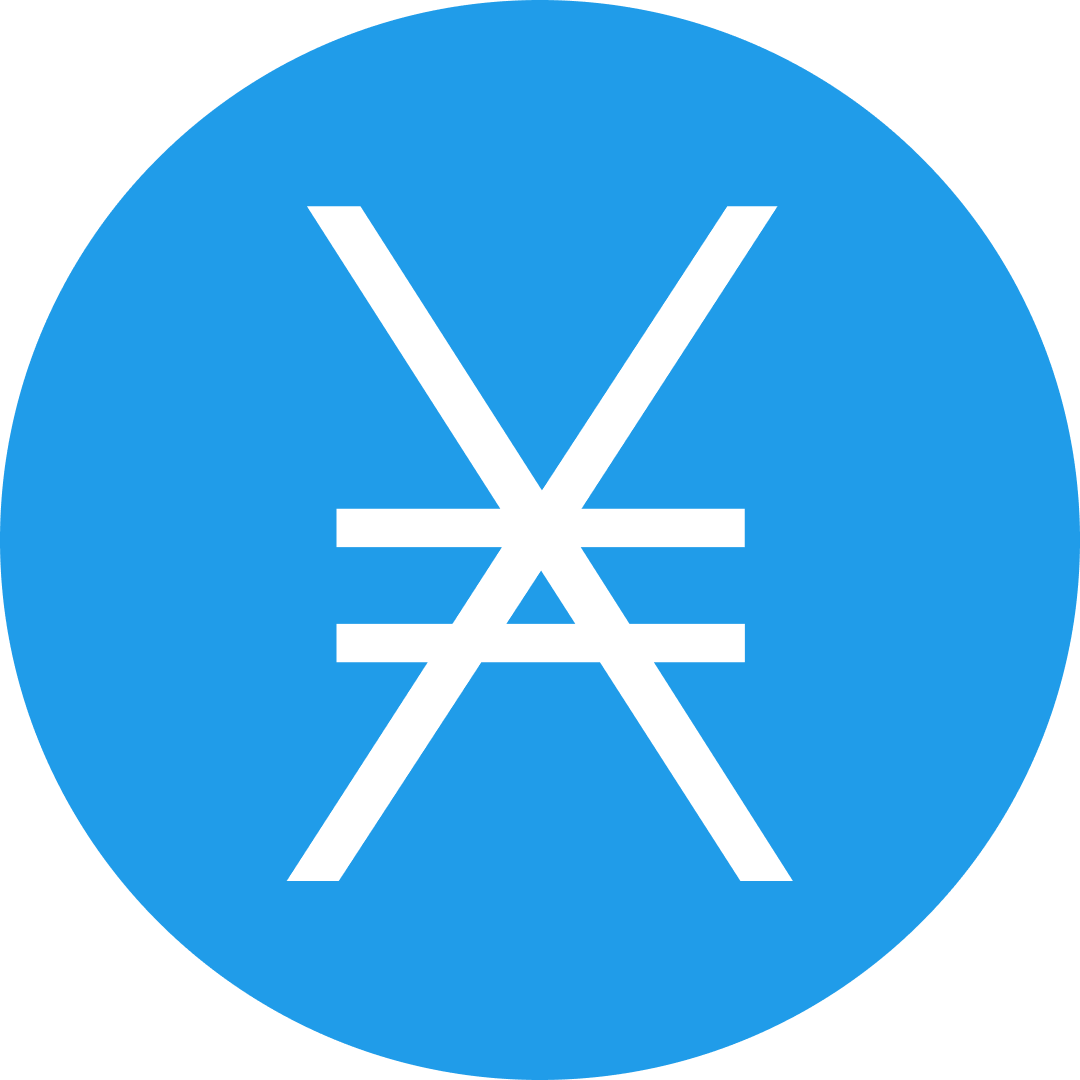Will the Federal Reserve Use XRP?

Will the Federal Reserve Use XRP?
The concept of digital currencies has significantly evolved over the past decade, creating ripples through traditional financial systems across the globe. Among these digital currencies, XRP, an independent digital asset native to the XRPL (XRP Ledger), stands out as a prominent player with a focus on cross-border payments. As discussions on Central Bank Digital Currencies (CBDCs) and digital assets accelerate, a compelling question arises: Will the Federal Reserve adopt XRP or similar cryptocurrencies?
Understanding XRP and Its Purpose
XRP is designed primarily for fast, cost-efficient international payments. Unlike Bitcoin, which is store-of-value-centric, or Ethereum, focused on programmable contracts, XRP aims to facilitate quick cross-border monetary transfers with minimal friction.
Key Features of XRP
- Speed: Transactions typically settle in seconds, rather than days like traditional banking methods.
- Cost-efficiency: Transaction fees are significantly lower compared to traditional SWIFT payments.
- Scalability: The XRP ledger has proven to handle more than 1,500 transactions per second, making it scalable for large-scale operations.
These features appeal directly to financial institutions and could potentially interest central banks such as the Federal Reserve looking to modernize their payment infrastructures.
The Federal Reserve's Interest in Digital Currencies
The Federal Reserve has been actively researching and discussing the potential of digital currencies for several years. In pursuit of safeguarding the U.S. dollar's value and ensuring the stability of the U.S. economy, the Federal Reserve considers CBDCs and digital assets as part of the future financial landscape.
Digital Dollar Initiatives
Dr. Lael Brainard, member of the Board of Governors of the Federal Reserve, has been vocal about exploring a U.S. Central Bank Digital Currency (CBDC). This "digital dollar" aims to complement existing payment systems and provide benefits such as improved payment efficiency and financial inclusion. However, there hasn't been a formal conclusion about using an existing cryptocurrency like XRP.
Potential Benefits of XRP Adoption by the Federal Reserve
Enhanced Transaction Efficiency
If the Federal Reserve adopted XRP for cross-border transactions, it could leverage the cryptocurrency's superior transaction speed to overhaul the existing systems. The current systems, often reliant on the antiquated SWIFT network, can cause delays and incur higher costs to participants.
Cost Reduction
The built-in cost-efficiency of XRP could substantially reduce the overhead associated with international banking operations and monetary transfers, enabling a higher volume of transactions with lower operational costs.
Financial Inclusion
By embracing XRP, the Federal Reserve could take a significant step toward financial inclusion. With lower transaction costs and broader accessibility, even the unbanked population could benefit from global financial systems.
Challenges and Considerations
Regulatory Concerns
Regulatory concerns pose a significant hurdle for any central bank considering integration with existing cryptocurrencies. The decentralized nature of crypto assets like XRP often contradicts existing financial regulations, creating complexities that need careful consideration.
Volatility
One of the challenges related to cryptocurrencies is price volatility. While XRP is somewhat more stable than other cryptocurrencies, fluctuations can still influence the stability of economic activities if the Federal Reserve were to integrate it directly into its systems.
Infrastructure Integration
Adapting the current financial infrastructure to support a new digital currency presents significant technical challenges, from interoperability to security. It involves significant investment in terms of time and resources, which must align with the Federal Reserve's long-term strategic goals.
Insights from Experts
Economists and finance professionals have been vocal about the Federal Reserve's potential strategies concerning digital currencies. A consensus indicates a blend of caution and optimism regarding XRP's integration.
Brad Garlinghouse, CEO of Ripple Labs, has expressed interest in collaborations to enhance global payment systems but recognizes the difficulties in navigating regulatory landscapes and adapting traditional banking frameworks.
A Glimpse into the Future
The potential for the Federal Reserve to use XRP hinges largely on ongoing technological innovations, shifts in regulatory frameworks, and collaborations between central banks and private sector leaders. The next few years might prove pivotal for crypto collaborations with central institutions.
While direct adoption might seem far-fetched unless anchored within a robust policy framework, the potential benefits extend far beyond merely digitizing existing banking operations. It represents a paradigm shift in how value transfer is conceptualized and executed.
The Role of Exchanges and Wallets
As the digital asset landscape evolves, platforms like Bitget Exchange play a vital role by offering secure trading environments for a variety of cryptocurrencies, including XRP. Additionally, web3 wallets like Bitget Wallet enhance user experience and security by providing centralized access to digital assets.
In a rapidly changing world, where speed, transparency, and efficiency are invaluable, the integration of digital currencies like XRP by major institutions like the Federal Reserve only emphasizes the transformative potential of blockchain technology and its financial impact.
Want to get cryptocurrency instantly?
Latest articles
See more
























